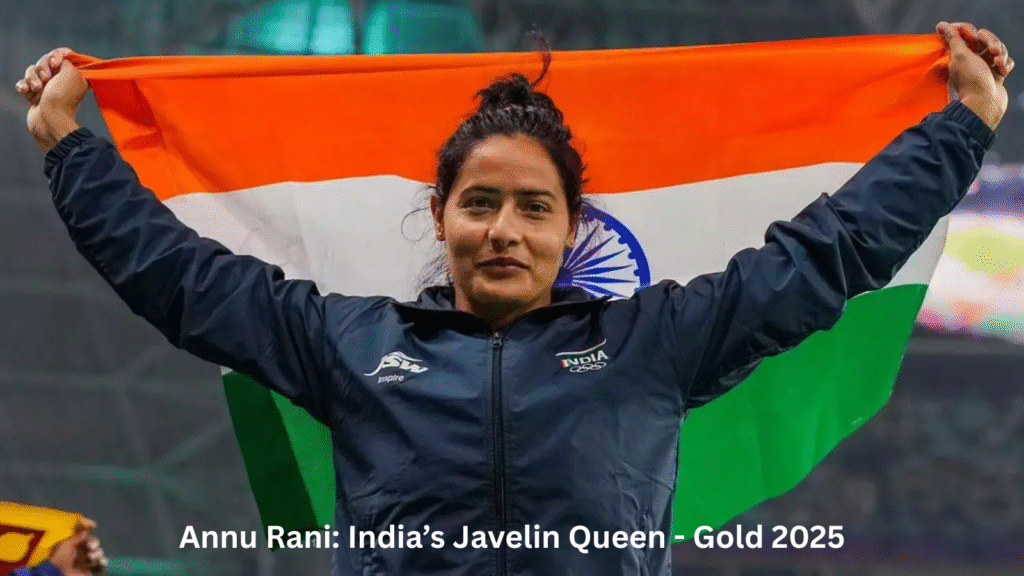Someday soon, when we look back on how the quantum revolution started, one name will come to mind Majorana 1. Microsoft’s game-changing chip, which became available in early 2025, did more than push computing to the limit. It was the day that humans entered a new era in technology, powered by a new form of matter and a new way of thinking.

Emergence of a New State of Matter
Researchers have fantasized for decades about Majorana zero modes (MZMs) new quasiparticles that could one day hold the key to fault-tolerant quantum computing. Microsoft brought theory to reality with Majorana 1. By mixing indium arsenide and aluminum into a hybrid material called a topoconductor, they developed a material that gave birth to these enigmatic quasiparticles.
Looking back, the development of the topoconductor was not only a scientific wonder it was when a new state of matter entered human existence.
From Qubits Fragile to Topological Might
The initial stages of quantum computing were fragile. Qubits would degrace at the slightest disturbance, and error correction burned computational resources. But with topological qubits, stability was the norm, not the exception.
- Resilient to interference: Majorana qubits survived the noise that plagued earlier designs.
- Less to correct errors: Large quantum systems could now be built without the weight of overhead.
- Unleashing scalability: What began as eight qubits on Majorana 1 would eventually become processors with millions all on a single chip.
- This shift was the key that opened up quantum computers for practical use, instead of experimental.
The Architecture of Tomorrow
Majorana 1 introduced the Topological Core architecture, in which switches of digital coupled nanowire “tetrons” to quantum dots. Researchers could reliably monitor quantum states with microwave readouts a framework precise enough to scale. What was future in 2025 was the standard of 2035.
A Strategic Leap for Humanity
When DARPA partnered with Microsoft to accelerate the US2QC program, it wasn’t accelerating technology it was futuring. Within a decade, fault-tolerant quantum machines went from lab bench to global infrastructure, driving innovation in:
- Pharmaceuticals: New medicines designed at the molecular level, curing diseases once considered incurable.
- Climate Modeling: Hyper-accurate simulations that allowed countries to better weather the effects of climate change.
- Materials Science: The arrival of room-temperature superconductors and new-generation batteries.
- Security: A cryptography revolution, ready for and against quantum capabilities.
Looking Back, Looking Forward
In retrospect from here and now, Majorana 1 was not just a chip. It was the gateway to a new world of computing. What began as an eight-qubit pocket-sized processor in the year 2025 has become networks of quantum supercomputers powering industries, governments, and science.
Majorana 1‘s story is the story of human achievement. It was the catalyst that set the Quantum Age ablaze – an utopia in which we reside today.




